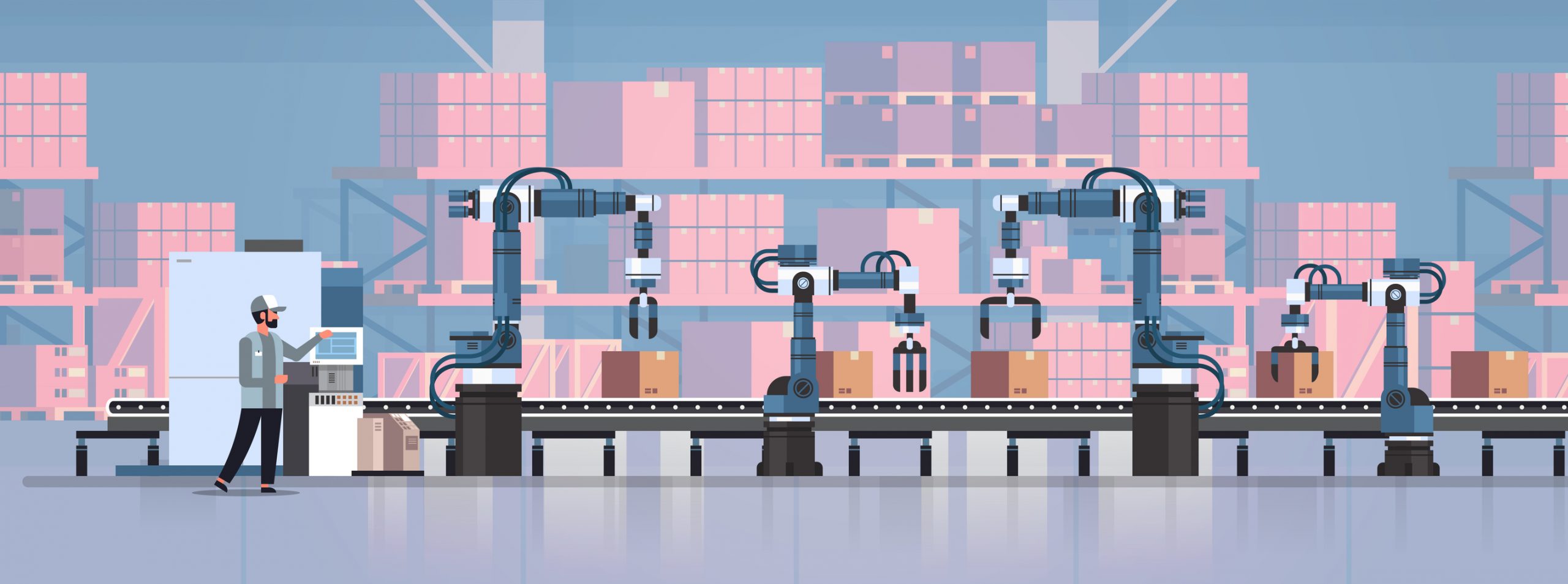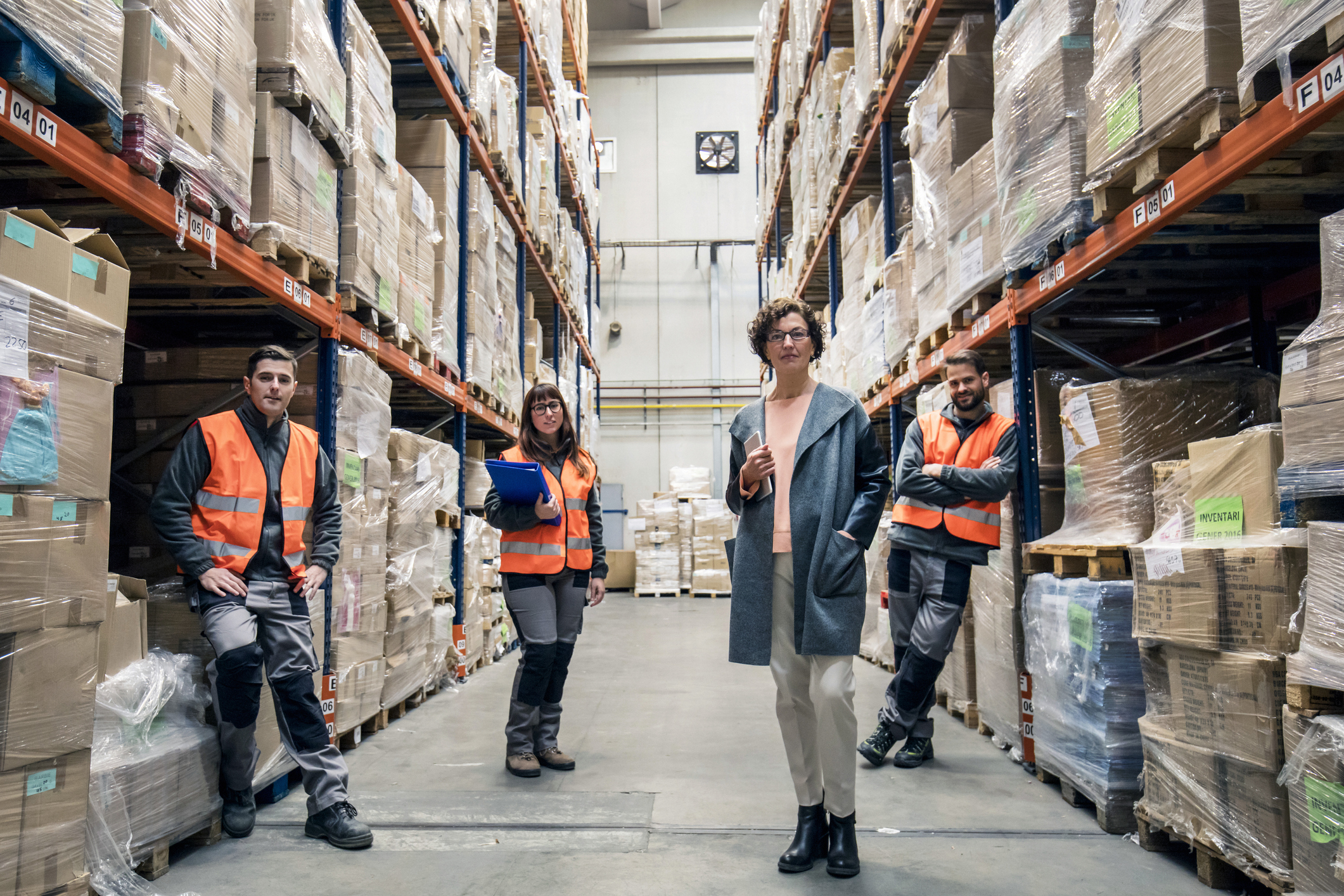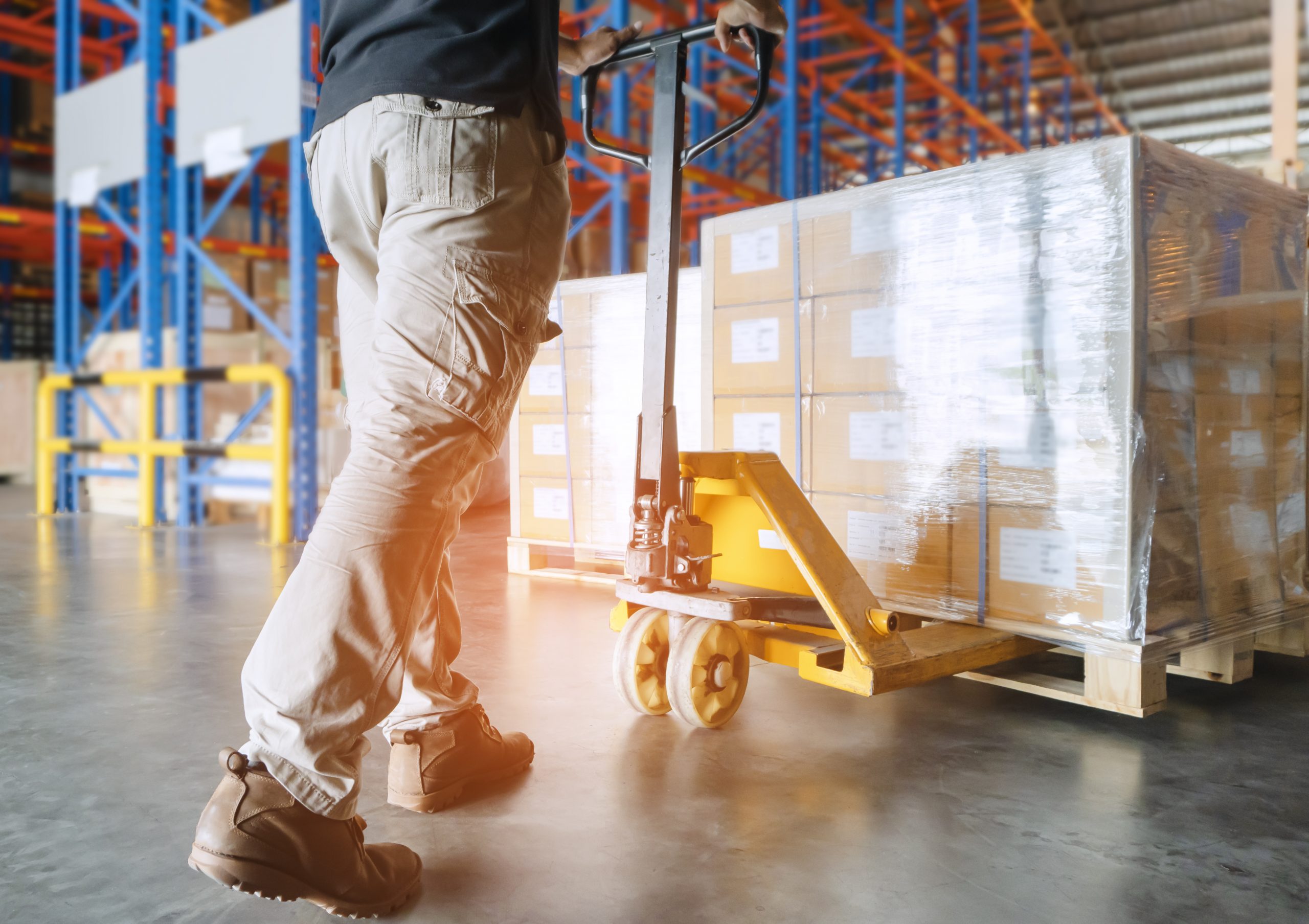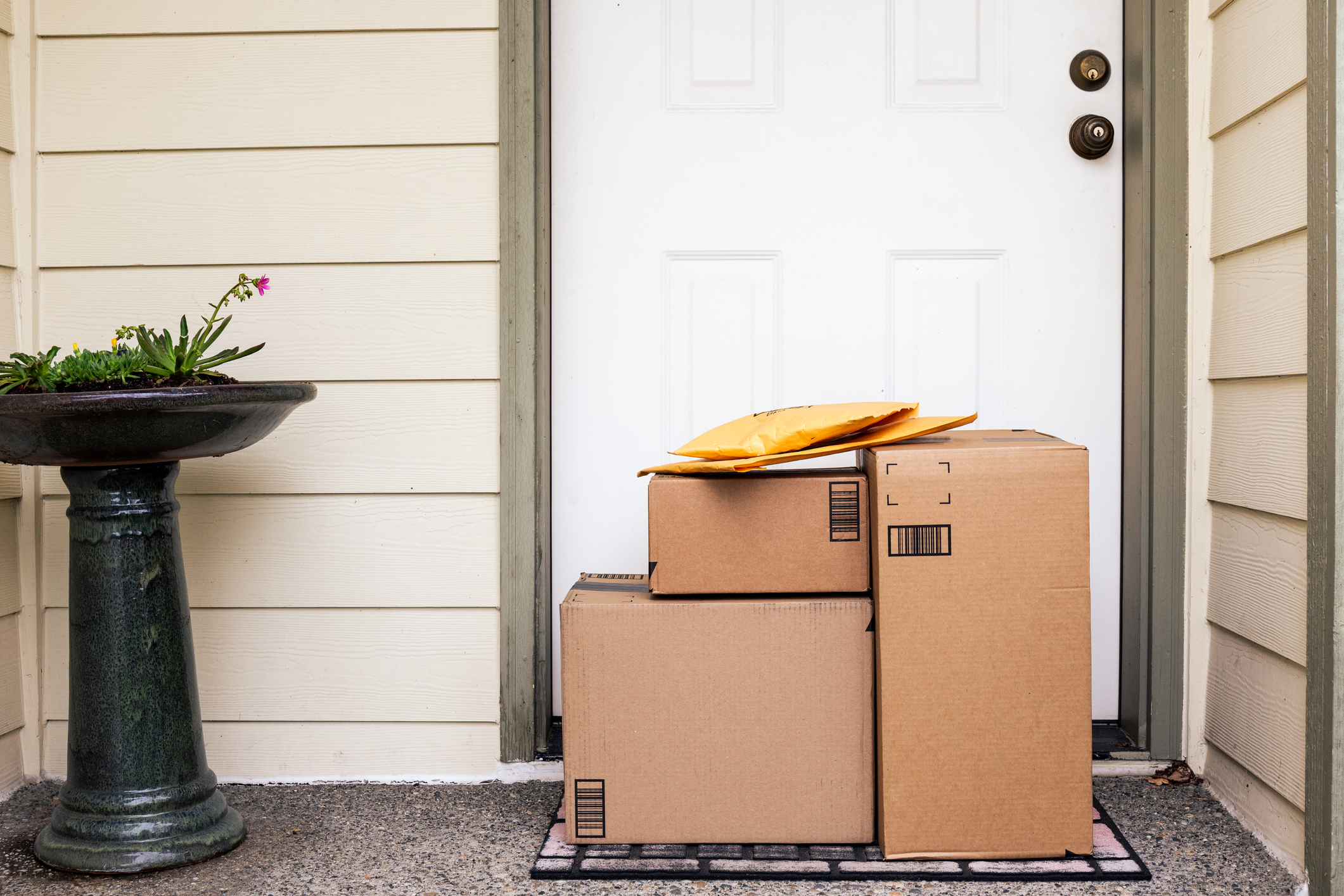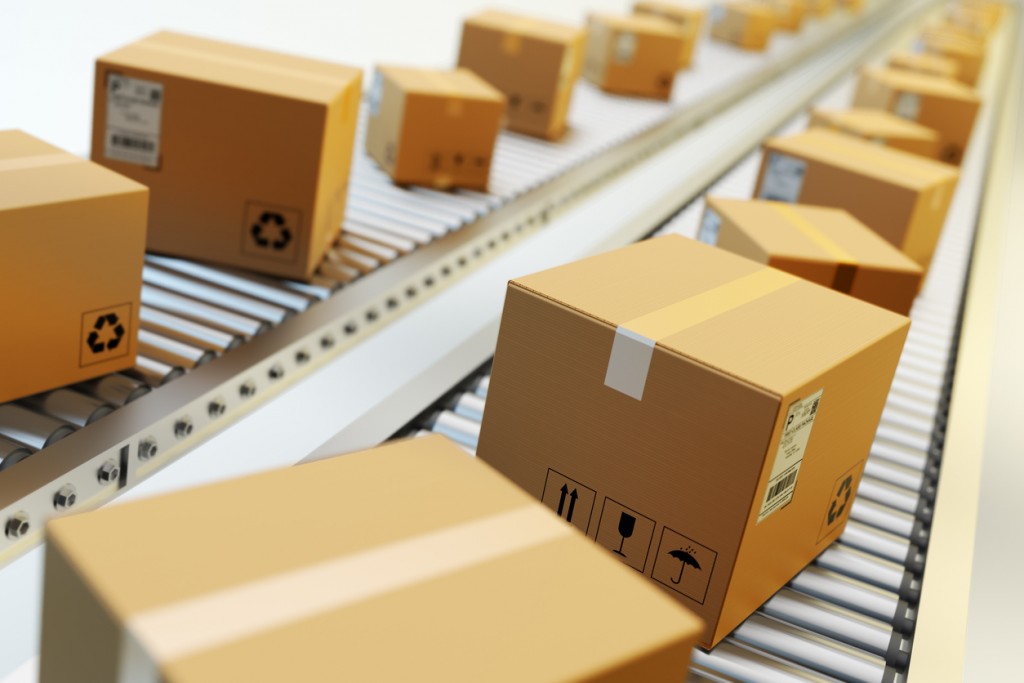We live in an era where e-commerce parcel delivery service commitments have morphed from the standard 2-day ground delivery to the option for same-day, free delivery in the largest metro markets. Some carriers and e-commerce merchants are now offering 2-hour delivery windows in the largest markets, and we are also seeing incredibly fast, 2-hours transit time commitments for both grocery and restaurant food delivery.
However, there have been limited transit time service improvements in the Less-Than-Load (LTL) transportation segment for large and bulky/palletized goods. Why might that be the case?
- Everything About LTL is BIG and Big Takes Longer to Move: The cargo is either secured onto large pallets or is so big, it does not fit on a pallet and must be manually handled, which takes a lot of time. The tractor-trailers are long and large, so navigating city streets and customer loading areas is a challenge that also eats up time.
- Manual Sortation/Handling Process: Unlike the fully automated parcel sortation process, the cross-dock and pallet handling process in an LTL terminal and hub is mostly manual with a single fork-lift driver handling a single pallet. The manual sortation process also takes a lot of time and negatively impacts overall transit times.
- Hub Bypass Strategy Not Embraced: The integrated parcel carriers are using teamed tractor-trailer drivers to travel long distances and bypass regional hubs. Going through fewer regional hubs improves transit times. The LTL carriers have not embraced this line-haul, time-saving strategy as aggressively as the parcel carriers.
- Linehaul Via Rail: While moving trailers via rail is less costly than moving the same line-haul trailer using the interstate highway network, it also takes longer. Given the current driver shortage, the LTL carriers are less likely to move line-haul operations away from rail to the highway to improve transit times.
What are faster options for shippers?
It is not likely that the LTL carriers can dramatically improve transit times. However, there are options for shippers that need faster transit time solutions for large and bulky palletized freight.
- Truckload Service: While faster than LTL, this dedicated truck and trailer service requires numerous pallet loads to be cost-effective.
- Straight Truck Direct to Recipient Delivery: Shippers are becoming less satisfied with LTL carrier rate increases, and limited improvement in transit times. Recognizing the demand for faster LTL transit times, independent truckers are now offering direct-to-recipient straight truck pallet delivery. This service is faster than standard carrier-based LTL service and not significantly higher in cost. Digital freight matching technology also allows for more than a single shipper per truck.
- Hot Shot Delivery: These on-demand delivery services for palletized shipments were used heavily during the on-set of the recent pandemic, to move urgent medical supplies. While more costly than that the direct to recipient model, it is faster and usually limited to a single customer’s product.
- Critical Freight Logistics: This service is usually a combination of highway and air freight services to provide same-day and overnight delivery of large and bulky/palletized shipments. The service is costly and usually reserved for high-value goods or “plant down” scenarios where the cost of transportation is not a factor.
LTL service limitations and the digital management of freight loads is opening the door to alternate, pallet-based shipment solutions, and these services may be more easily accessed via a 3rd party logistics provider.
